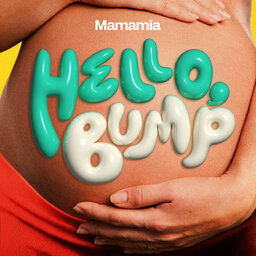Week 30: Why Would I Need Additional Growth Scans?
Welcome to Hello Bump, a podcast about what you’re not expecting when you’re expecting.
In this episode, hosts Jana Pittman and Grace Rouvray discover your baby is around the size of a mini beach ball or a bag of sugar! At week 30, your baby will start looking more plump and will start to grow toe nails. Meanwhile, your ligaments and muscles will continue to stretch and your joints might start to feel looser as your body gets closer to the birth date. Plus, Grace asks Jana about what to do if you need additional growth scans and whether or not your baby can change position as you get closer to term.
THE END BITS:
Discover more Mamamia podcasts here.
Email us: podcast@mamamia.com.au
Share your story or feedback. Send us a voice message, and one of our podcast producers will get back to you ASAP.
Are you a mum of a child aged 5 years or under? Are you expecting a little one? We want to hear from you! Complete our survey now for a chance to win a $1,000 gift voucher in our quarterly draw!
CREDITS:
Hosts: Jana Pittman and Grace Rouvray
Executive Producer: Courtney Ammenhauser
Audio Production: Jacob Round
Mamamia acknowledges the Traditional Owners of the Land we have recorded this podcast on, the Gadigal people of the Eora Nation. We pay our respects to their Elders past and present, and extend that respect to all Aboriginal and Torres Strait Islander cultures.
 Hello Bump
Hello Bump


